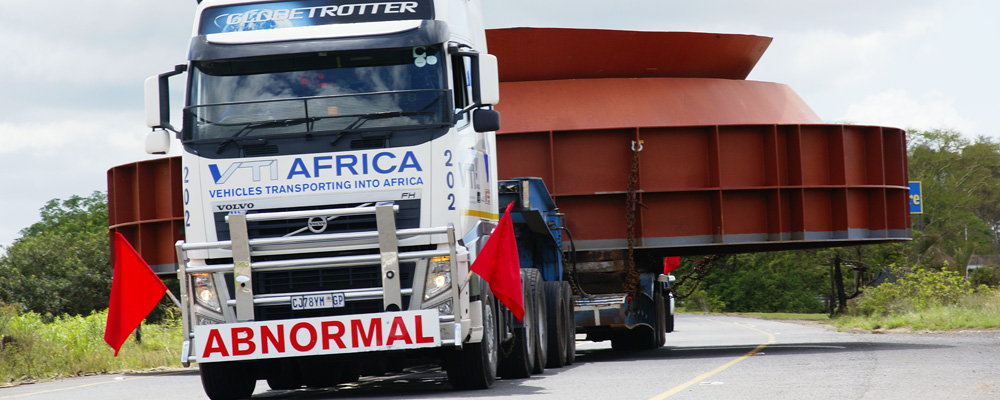
For several years now since August 2008, SADC has officially been a free trade area (FTA). This essentially means at least 85% of intra-regional trade amongst the partner countries attained zero duty.
This is a huge achievement and of immense tangible benefit to many SADC exporters be they individuals or businesses.
Due to a general lack of efficient and effective methods of information dissemination, it is not surprising that a good number of exporters who should be benefiting from the SADC FTA continue to miss out on this opportunity, consequently making doing business across the region’s borders unnecessarily expensive.
As an exporter, if you are intending to export certain goods say from South Africa or Botswana (although the FTA applies to only 12 of the 15 SADC countries) to Zimbabwe, you have the burden to prove that the goods you are exporting out of South Africa are originating goods in order to benefit from the SADC FTA.
The key to this is what is known in international trade as Rules of Origin (ROO).
How do you give certain goods zero duty rating under the SADC FTA unless you know the origins of the goods?
In simple terms, ROO has also been referred to as the nationality of goods. SADC receiving member officials, for example, must necessarily determine with certainty that your goods as an exporter (of goods from South Africa into Zimbabwe, for example) are coming from South Africa.
In Zimbabwe this is the role of the Zimbabwe Revenue Authority (ZIMRA).
According to the WTO,
In SADC’s own words,
SADC Rules of Origin are the cornerstone of the SADC intra regional trade and serve to prevent non-SADC goods from benefiting from the preferential tariff treatment offered under the trade regime. It is therefore important for traders to fully understand the provisions of the rules if they are to benefit from trading under SADC.
So it is that SADC has its own harmonized rules of origin which are to be used by all members of the SADC FTA and adhered to by all traders within SADC wishing to benefit from the SADC FTA.
I put together this HOW-TO post to present the steps necessary to determine whether a product qualifies as an originating good under the SADC FTA rules of origin.
ANY goods traded within SADC that meet the SADC ROO are eligible to benefit from the FTA.
These following eight steps are extracted from the SADC Rules of Origin Exporters Guide which you can also download here: [download id=”558″]
Step 1
Was the product last processed in one of the SADC FTA countries? If yes, go to step 2. If no, the product does not qualify.
Step 2
Do any of the materials or components used in the product originate from outside a SADC FTA country? If yes, go to step 3.
(If you do not know the origin of any material, you have to assume it does not originate in a SADC FTA country.)
If no, the product qualifies. Go to Step 8.
Step 3
Determine the Harmonized Commodity Description and Coding System (HS) classification number of the product being imported into SADC FTA Country. Usually, the six-digit, subheading level is sufficient.
Step 4
Using the HS classification number, identify the specific rule of origin in Appendix I of Annex I that applies to the product.
Step 5
Determine the HS classification of the non-originating materials or components you used to produce the product in a SADC FTA country.
Step 6
Does the change from the HS classification of the non-originating materials to the HS classification of the product imported into the SADC FTA country meet the classification change required in the specific rule of origin you identified in Step 4 ?
If yes, the HS classification change requirement is met. Go to Step 7.
If no, the product does not qualify, unless it falls under certain exemptions. If the value of the non-originating materials that do not meet the HS classification change requirement is not more than 10% of the ex-works price of the item, the value tolerance exemption may apply, and the product may qualify as an originating product, if it meets all other requirements of the rule of origin.
Step 7
Does the specific rule contain an RVC test ? If no, and the HS classification change requirement is met, it qualifies as an originating product. Go to Step 8. If yes, do the RVC test to establish the ex-factory price of the product.
Step 8
Complete the Certificate of Origin if the product is originating.
Front Image Credit: VTI Africa